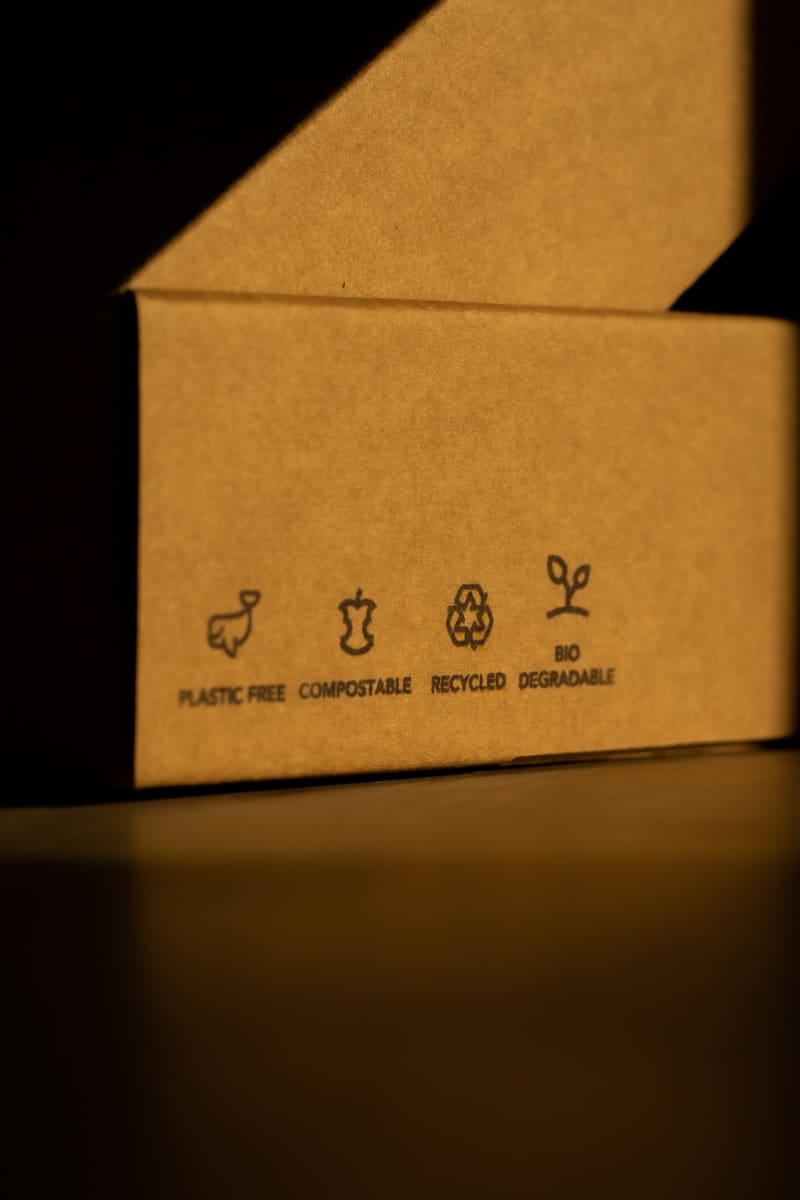Recycling is becoming an increasingly hot topic. Experts believe that it is one of the only ways humanity and the planet will avoid an ecological catastrophe towards the end of the century.
However, it remains debatable as to whether we can actually recycle our way out of our problems. Sure, putting used yogurt pots in the trash helps, but doesn’t it fundamentally solve the problem? Unfortunately, the reality isn’t so straightforward.
What Is Recycled At The Moment?
Currently, technology is available to recycle a surprisingly large proportion of household waste. Wood, cardboard, paper, glass, plastic and metals can all find second uses in the recycled economy. Major brands are jumping on the bandwagon, deliberately going out of their way to source recycled packaging products to impress consumers.
Unfortunately, there is a large gap between what we can recycle, and what cities actually do recycle.
The recycling logo on many items is annoyingly deceptive. The three arrows in a triangle make people believe that the item is recyclable in their area. However, most jurisdictions actually lack the proper facilities to make it happen. For instance, they might be able to recycle one type of plastic, but not another.
What’s more, many cities can’t afford to process all of the recycling they collect. Instead of going to a center to be ground down into raw material and then reused, it winds up in landfill with everything else.
The Energy Problem
Those skeptical of recycling as a sustainable solution also point to the energy problem involved in repeatedly transforming materials. Transporting large amounts of waste between households and processing sites implies an energy cost, as does processing them in a plant. From a CO2 perspective, it is not a silver bullet.
Critics argue that the only real solution is a fundamental rethinking of the current system. The real issue is overconsumption, they say.
Across the world, the three arrows on recyclable packaging stand for “reduce, reuse and recycle.” Recycling has become the dominant paradigm, with relatively little attention paid to the other two. Recycling fits quite nicely into the modern throwaway culture, whereas reusing items, and reducing our use of resources, does not.
Companies promote recycling, but they are not so keen on consumers changing their behavior in other ways. If people were to reuse or simply cut down on their consumption, it would affect business profitability.
The good news is that there are some technological solutions that will help to ease the problem. Society is going to have to come at the issue of waste disposal from multiple angles. It is unlikely that there will be a single solution.
Biodegradable Plastics
Part of the solution will undoubtedly be biodegradable plastics. In fact, there is some evidence that nature is already taking care of this issue for us. Bacteria, for example, are now found throughout the world that have the ability to digest certain types of plastic. They can’t process all of them yet, but some species are potentially evolving to do so (and perhaps rapidly).
Manufacturers are also working on creating plastics that won’t hang around in the ocean or in the ground for thousands of years, even if biology doesn’t catch up. They’re making special polymers that more species can use for energy, without losing any of plastic’s conventional helpful properties.
New Types Of Supply Chains
Some of the issues facing recycling are logistical. Supply chains are used to take products from producers to consumers, but not the other way around.
Reverse logistics promises to change this. The idea is to use modern logistics platforms to complete the product cycle, returning consumer waste back to manufacturers as an input.
Thus far, the economic incentives for this type of activity have been weak. However, there is evidence that low cost supply chains could speed it along.
Limits On Virgin Plastic Production
Another proposed policy is to place limits on virgin plastic production: the amount of new plastic that can enter the economy in any given year. As a policy measure, it would be effective, because it would push up the price of plastic, encouraging more recycling. However, getting international coordination on the matter will likely prove challenging. Companies operate in jurisdictions across the world, so getting them to only produce plastic up to certain limits would require government cooperation, and that’s unlikely to take shape.
Citizen Action
Perhaps the biggest thing that will make a difference is private citizens taking matters into their own hands. It is unlikely that politicians will solve all the problems among themselves. Instead, people need to take direct action, perhaps by only buying products in recyclable packaging.
Takeaway
Currently, many voices are suggesting that it is not possible for society to recycle its way out of the current crisis. However, technology will likely provide an unexpected solution.
Even today, there are a host of new recycling technologies that promise to change the nature of the economy and make waste circular, as many environmentalists advocate.
For example, the internet of things is an opportunity to track recycling and make sure that waste winds up at the correct destination at low cost.
We’re also seeing the emergence of plastic technology startups that are looking for win-win solutions to the world’s plastic problems.
- NexGenCup, for instance, is working with recyclers to flesh out the circular waste economy. It wants to build plastic production from the perspective of recyclers and make sure that the disposable items they sell ultimately arrive back at the recycling center to be made into new products and sent out again
- Newtechpoly. This brand wants to make it possible to recycle more types of plastics at low cost. Currently, most cities only recycle one or two types of plastic with the majority going to landfill. Newtechpoly wants to change this.
- BioCellection. This brand wants to use chemical recycling methods to better break down waste plastic into its monomer form. This way, manufacturers can make it into high-quality plastic, something that’s not possible using standard techniques.
Ultimately, humanity will find a solution to the current recycling problem. However, the killer breakthrough could come from anywhere.






